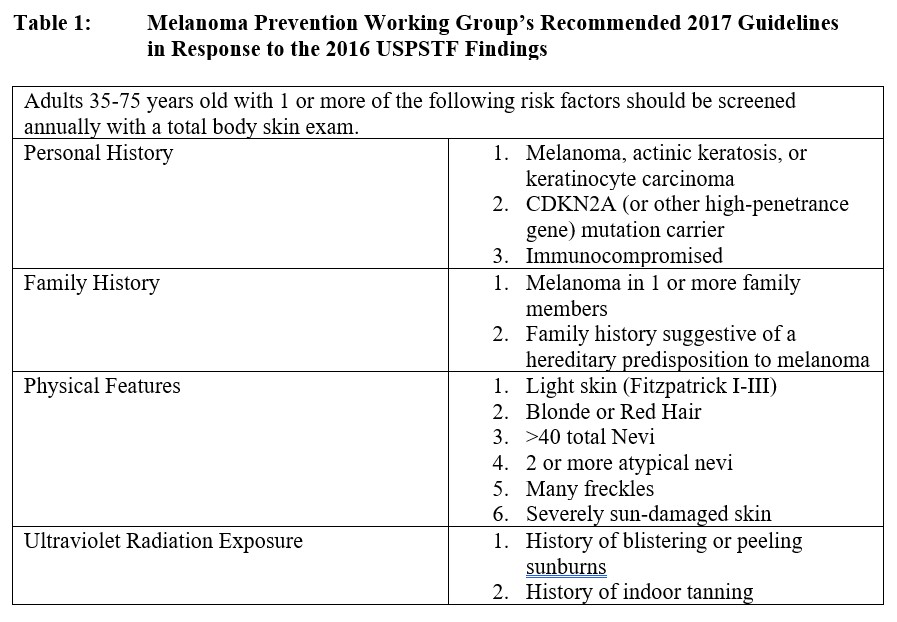AHNS 2021 International Conference – Join the Advanced Practice Provider Symposium on Sunday, July 25
Register Now for the Virtual AHNS 10th International Conference and Attend the Advanced Practice Provider Symposium Register Now The American Head and Neck Society (AHNS) is pleased to invite you to the virtual AHNS 10th International Conference on Head and Neck Cancer, which will be held July 22-25, 2021. The theme is Survivorship through Quality …



